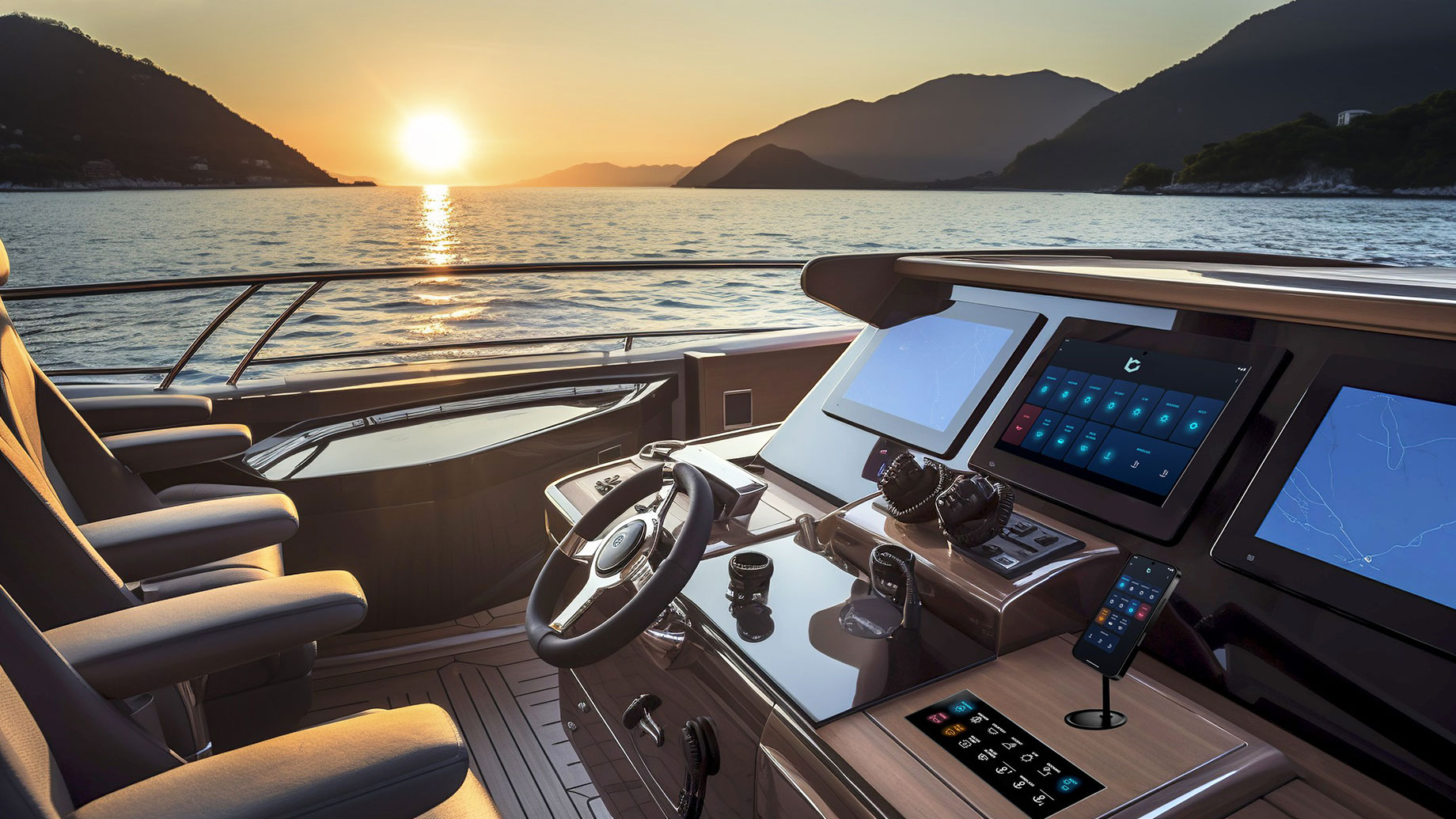
Control systems are the silent workhorses behind modern industry, automation, and infrastructure. But while the internal tech continues to advance, the interfaces operators use to interact with those systems are also undergoing a quiet revolution. Mechanical buttons, knobs, and analog switches are giving way to a smarter, sleeker solution: touch-based human-machine interfaces (HMIs).
These advanced touch systems are more than just a cosmetic upgrade. They simplify operations, improve safety, and bring systems into the digital age. With trusted providers like Barantech developing touch interfaces purpose-built for demanding environments, industries from medical to marine are rethinking how people interact with machines.
Here’s a closer look at why these touch-based HMIs are fast becoming the standard in modern control systems—and the real-world benefits they offer.
1. Streamlined Operation for Faster Decision-Making
One of the most immediate advantages of a touch interface is clarity. With programmable layouts and responsive controls, operators interact only with the options they need—no more crowded panels, unlabeled switches, or guesswork.
Instead of dozens of physical buttons, a single digital interface can guide users through role-specific workflows, alerts, and tasks. This not only improves accuracy but reduces mental load in high-pressure situations.
With intuitive, icon-based controls, users can make decisions faster, reducing lag time in critical environments like manufacturing, logistics, or emergency response.
2. Durability That Outperforms Traditional Controls
In industrial and outdoor environments, traditional switches can degrade quickly under exposure to dust, moisture, vibration, and cleaning chemicals. Wear-and-tear is common, and downtime from failed controls is costly.
Touch-based HMIs—especially those using piezoelectric technology—solve this by eliminating moving parts. These interfaces are:
- Fully sealed (often IP65–IP68 rated)
- Resistant to corrosion, shock, and temperature extremes
- Designed for millions of cycles with zero degradation
- Easy to clean and sanitize
Barantech specializes in rugged interfaces that combine stainless steel surfaces with solid-state piezo sensing for maximum resilience—perfect for food production, marine, medical, or public systems.
3. Increased Safety Through Intelligent Design
With fewer physical switches and programmable safety layers, touch interfaces can prevent accidental inputs and enforce access control. For instance, an operator may be required to confirm a critical action via two-step verification or a timed hold gesture.
You can also incorporate visual and audio feedback, color-coded alerts, and lockout modes for dangerous operations. All of this improves situational awareness while reducing the likelihood of error—especially in environments where every second matters.
4. Smaller Footprint, Bigger Functionality
Touch interfaces can replace entire panels of mechanical controls with a single compact surface. This space-saving design is especially valuable in:
- Medical carts and diagnostic devices
- Small control enclosures
- Mobile machinery and vehicles
- Marine dashboards and cockpit panels
Even large systems benefit from the streamlined wiring and centralized processing that digital interfaces offer. Engineers can reduce component count, improve cable management, and simplify panel design.
5. Seamless Integration with Modern Systems
In today’s connected ecosystem, standalone systems are out. Advanced touch HMIs integrate easily with:
- PLCs (Programmable Logic Controllers)
- SCADA systems
- Cloud-based monitoring tools
- IoT devices and sensors
- Mobile dashboards for remote access
Operators can receive alerts, check diagnostics, and respond to changes without leaving the interface. For example, a factory worker can view real-time sensor data and initiate a machine reset from the same touchscreen.
This kind of integration accelerates response times and aligns with modern expectations of smart, connected workspaces.
6. Flexible, Customizable Interfaces for Different Users
Not every user needs the same controls—or the same level of access. Touch interfaces can adapt dynamically depending on:
- The logged-in user or shift team
- Specific tasks being performed
- Safety levels or clearance tiers
- Environmental conditions (e.g., night mode, glove mode)
With programmable HMIs, businesses can ensure that only authorized personnel see or access certain functions. This not only improves safety but adds a layer of digital security often missing from mechanical interfaces.
7. Lower Maintenance, Lower Long-Term Costs
Advanced touch interfaces reduce mechanical failure points and minimize the need for part replacements. Fewer breakdowns mean less downtime—and that translates into long-term cost savings.
Because these systems are modular and software-driven, updates and changes can often be rolled out digitally, without replacing hardware. Over time, the reduced need for servicing, recalibration, and physical repair adds up.
And when parts do need to be replaced, modular panels and plug-and-play architecture make service simple.
8. A Modern Aesthetic with a Purpose
While form follows function, aesthetics still matter. In environments where professionalism and innovation matter—such as hospitals, customer-facing kiosks, or premium industrial equipment—touch interfaces offer a sleek, high-end look that matches cutting-edge performance.
Brushed aluminum, backlit surfaces, and minimalist design all reflect a brand’s commitment to forward-thinking, user-first solutions. And when paired with haptic or audible feedback, these panels feel just as intuitive as they look.
As machines get smarter and demands on operators increase, outdated controls can hold a business back. Advanced touch interfaces represent a smarter, safer, and more scalable way to design control systems that truly work for people.
Whether you’re upgrading an industrial line or designing a new marine vessel from the ground up, the benefits of touch-based HMIs—led by innovators like Barantech—are clear: better durability, better integration, and a far better user experience.